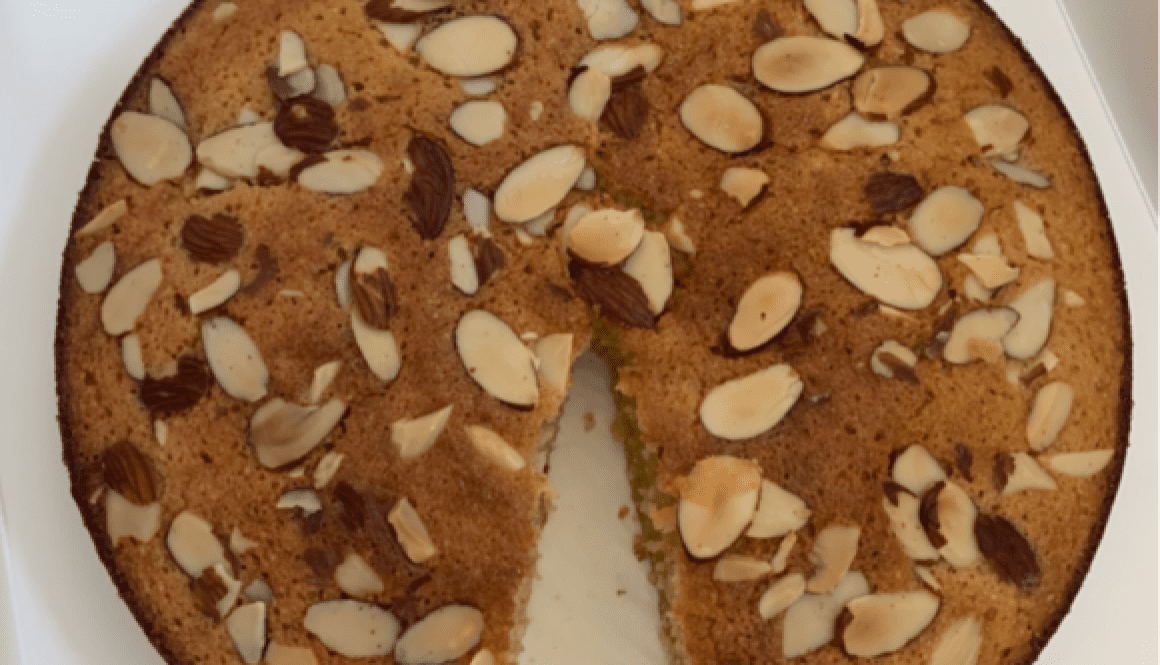Gluten Free…. What is that?
Simply stated, it is avoiding gluten. Gluten is an ingredient derived from grains containing gluten. A protein which stretches and traps gas as dough rises which creates “airy” bread.
Avoiding gluten sounds simple enough, but you must make a conscious effort to ensure the foods you’re eating do not contain gluten by checking the label for “gluten–free“. To be labeled gluten-free, it must contain less than 20 ppm of gluten in the food according to FDA standards.
So, why would someone want to or must go gluten-free? It’s a health issue called Celiac’s Disease, also known as Wheat Allergy. Yet, many people have decided to go gluten-Free to lose weight or to join into the “food movement” without medical necessity.
The following is a list of grains that include Gluten:
- Wheat
- wheatberries
- graham
- durum
- emmer
- Triticale
- semolina
- Rye
- spelt
- farina
- farro
- KAMUT
- Einkorn wheat
- Barley
- Malt
- Brewer’s Yeast
More practical health information: Intestinal Health ~ A Practical Guide to Complete Abdominal Comfort http://amzn.to/2ckb2Mm
The amount of foods containing gluten are numerous, so you must check every label if “wheat free” applies to you.
The following are symptoms you may experience if you have sensitivity to gluten, which may be triggered by an autoimmune response as the gluten attacks the lining of the small intestines:
- Headaches
- Tiredness
- Joint pain
- Skin rashes
- Allergies
- IBS (irritable bowel syndrome)
- Diarrhea
- Bloating
- Appetite changes
- Gas, cramping, intestinal distress or inflammation
- Moodiness or depression or anxiety
- Unexplained weight gain
- Lack of focus or “brain fog”
- And, more, all of which may affect a person at work or in their social life.
So many food and other daily use items contain gluten products, what exactly is “OK” to eat? To simplify, here’s a list of gluten free foods, many made with gluten free flours, etc.:
- Fruit, Vegetables and Legumes.
- Meats, Poultry, Fish and Meat Free Substitutes.
- Cereals, Grains, Breads, Biscuits, Pasta, Nuts and Baked Goods.
- Condiments, Dips, Desserts, Sweets, Sweeteners and Spreads.
- Drinks (non-alcoholic).
- Dairy Foods.
- Herbs and Spices.
Final points:
- If you have gut inflammation or Celiac’s disease, a Gluten-free diet is necessary to eliminate the symptoms.
- Many American’s believe that a gluten-free diet will improve their health and/or prevent disease. While there is no proof of this theory, if you can eat gluten without trouble, then no need for worry about being gluten-free.
- For people who avoid gluten to intend greater health, be sure to double check yourself to insure what you are eating “instead” of gluten is indeed healthy for you!
Fast Health Tip & Recipe Videos: http://bit.ly/29C5dIx – SUBSCRIBE
